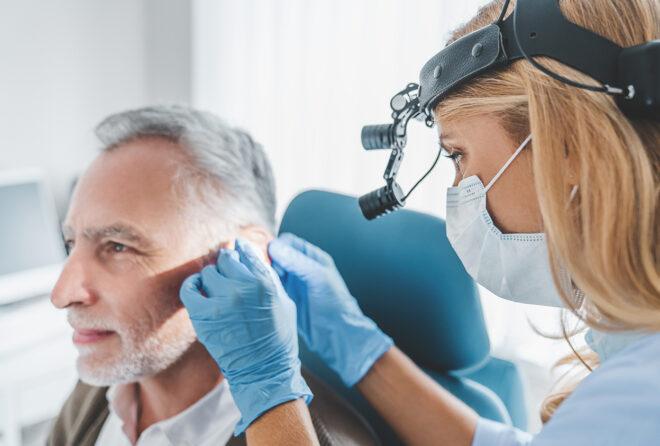Introduction to Ear Wax Removal
Ear wax, also known as cerumen, is a natural substance produced by glands in the ear canal. It serves as a protective barrier against dust, dirt, and bacteria, helping to maintain ear health. However, excessive ear wax buildup can lead to discomfort, impaired hearing, and even infections. Understanding how to safely remove ear wax is essential for maintaining optimal ear hygiene and health.
What is Ear Wax?
Ear wax is a mixture of secretions from ceruminous and sebaceous glands in the ear canal, combined with dead skin cells and hair. It has antibacterial and lubricating properties that help protect the ear canal from foreign particles and water.
Methods of Ear Wax Removal
There are several methods available for removing ear wax, each with its own advantages and considerations. The choice of method often depends on the amount of ear wax buildup and individual preference.
1. Ear Irrigation
Ear irrigation, also known as ear syringing, involves flushing the ear canal with a gentle stream of water. This method is effective for removing excess ear wax that has accumulated in the ear canal. It should be performed by a healthcare professional to minimize the risk of injury to the ear drum.
2. Ear Syringing Procedure
Ear syringing is a procedure commonly performed by healthcare professionals to remove impacted ear wax. It involves using a syringe to gently flush warm water into the ear canal, dislodging and flushing out ear wax buildup. This method is effective for individuals with moderate to severe ear wax impaction but should only be performed by trained professionals to avoid complications.
3. Ear Wax Removal Drops
Ear wax removal drops are over-the-counter solutions designed to soften ear wax, making it easier to remove. These drops often contain ingredients such as hydrogen peroxide, saline, or glycerin. They are applied directly into the ear canal and left for a few minutes to break down the wax before it is naturally expelled from the ear.
4. Manual Removal by a Healthcare Professional
In cases where ear wax is impacted or hardened, a healthcare professional may use specialized instruments such as a curette or suction device to manually remove the wax. This method is safe when performed by trained professionals and is often necessary for individuals with severe ear wax blockages.
Safety Considerations for Ear Wax Removal
While ear wax removal is generally safe, it is essential to follow proper techniques and precautions to avoid injury or complications.
Safety Tips
-
Avoid Using Cotton Swabs: Inserting cotton swabs or other objects into the ear canal can push ear wax deeper and increase the risk of ear canal injury or infection.
-
Consult a Professional: If you experience pain, persistent ear itching, or hearing loss, consult a healthcare professional for proper evaluation and treatment.
-
Use Ear Drops as Directed: Follow the instructions on ear wax removal drops carefully to avoid irritation or damage to the ear canal.
-
Protect Your Ears: Avoid exposing your ears to excessive moisture or foreign objects that can disrupt the natural balance of ear wax production.
When to Seek Professional Help
While mild cases of ear wax buildup can often be managed at home, there are situations where professional intervention is necessary.
Indications for Professional Help
-
Severe Ear Pain: Persistent or severe ear pain may indicate a more serious underlying condition that requires medical attention.
-
Complete Hearing Loss: Sudden or complete hearing loss could be a sign of ear wax impaction or other ear-related issues.
-
Dizziness or Vertigo: Symptoms such as dizziness, vertigo, or ringing in the ears (tinnitus) may indicate a more significant problem that requires evaluation by a healthcare professional.
-
Diabetes or Compromised Immune System: Individuals with diabetes or compromised immune systems are at higher risk of developing ear infections and should seek prompt medical care for any ear-related concerns.
Conclusion
Understanding the methods, safety considerations, and indications for professional help in ear wax removal is essential for maintaining optimal ear health. By following proper techniques and seeking timely medical attention when needed, you can effectively manage ear wax buildup and prevent complications. Remember, ear wax serves a protective function, and its removal should be approached with care to preserve ear health and function.

